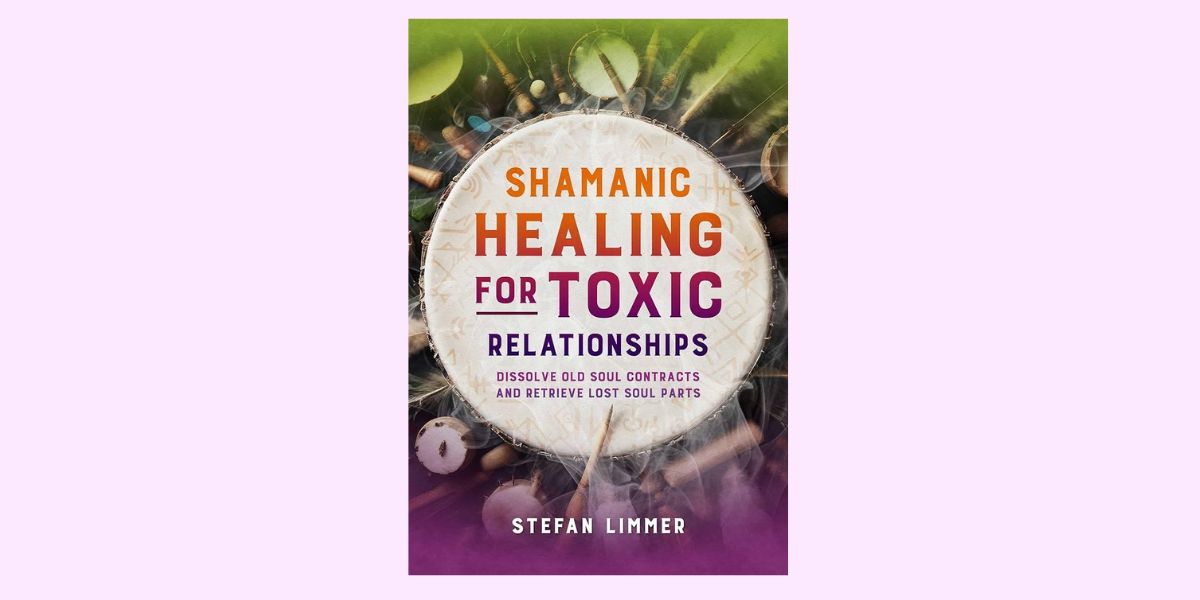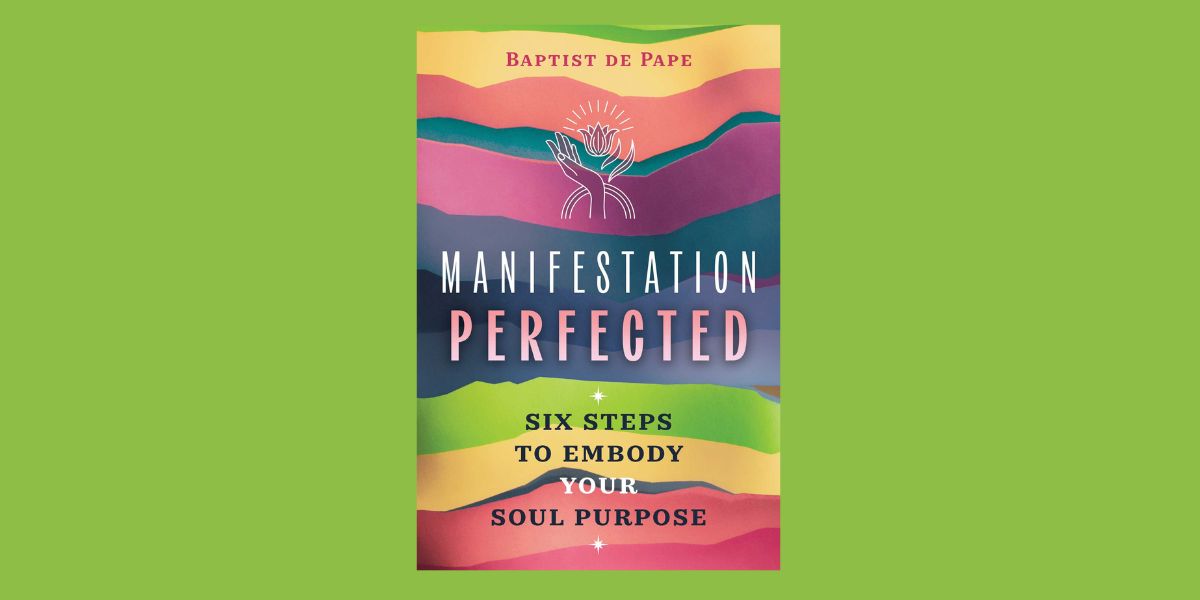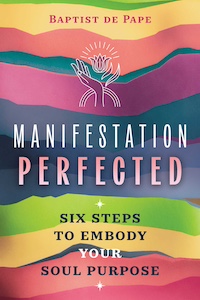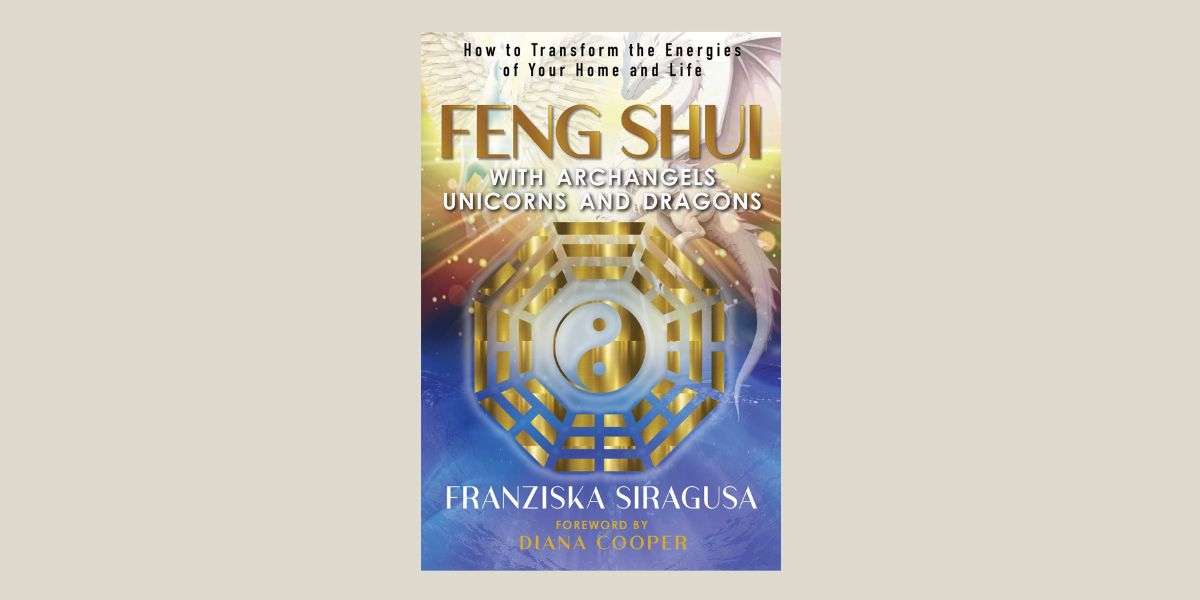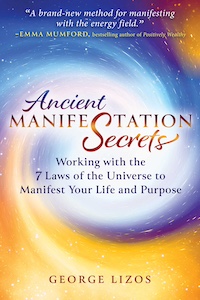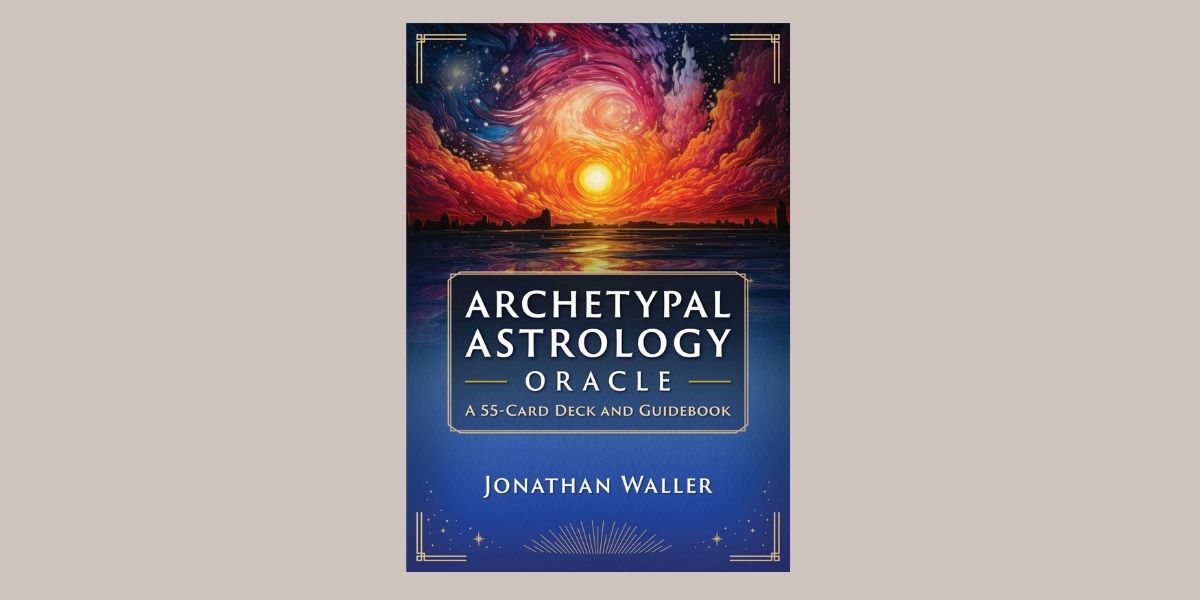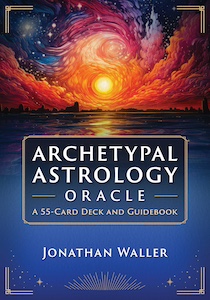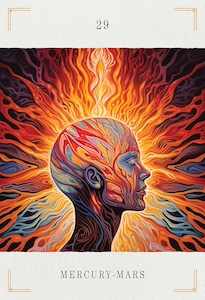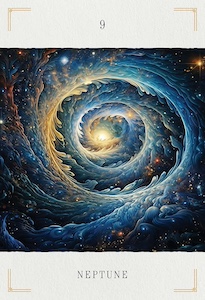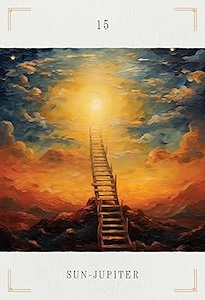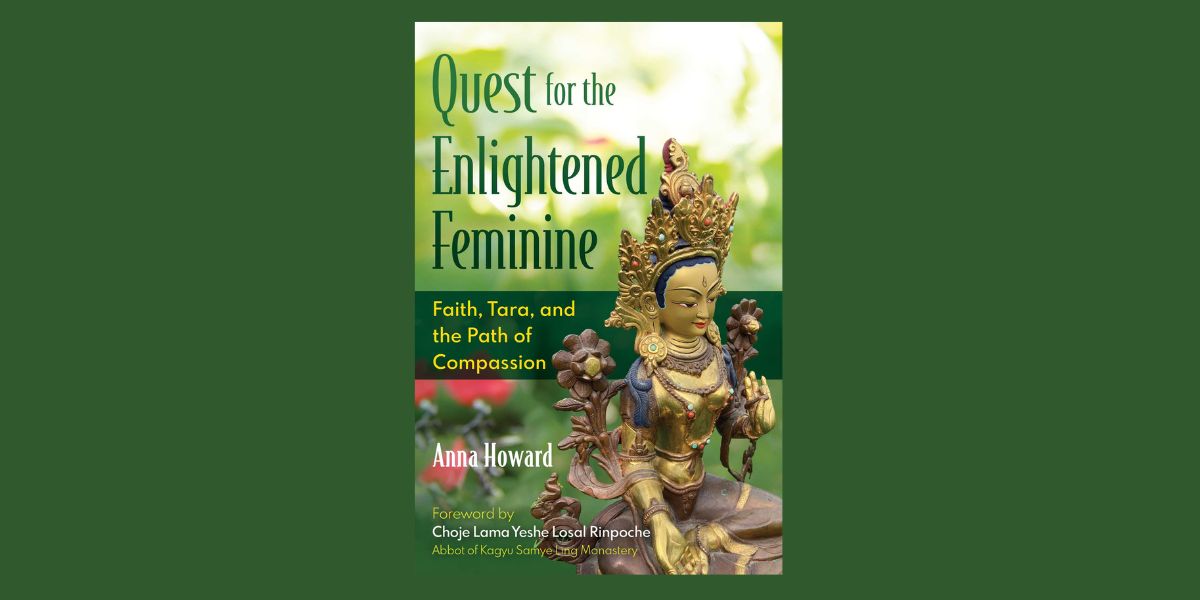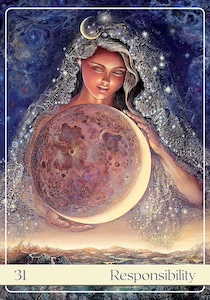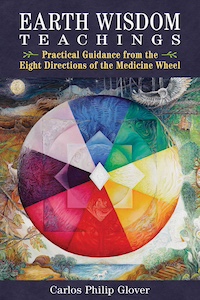
Shamanic Healing for Toxic Relationships: Dissolve Old Soul Contracts and Retrieve Lost Soul Parts, by Stefan Limmer
Findhorn Press, 979-8888502495, 192 pages, April 2025
Stefan Limmer’s Shamanic Healing for Toxic Relationships: Dissolve Old Soul Contracts and Retrieve Lost Soul Parts provides rich, informative, and actionable instructions to access deep insight about how to heal our souls at the core level.
To begin, Limmer walks readers through basic understanding and components of a toxic relationship, how to recognize one, and outlines the roles of the parties involved in this type of relationship. He then dives into the causes of why these relationships exist at a fundamental soul level. Finally, Limmer provides actionable rituals and practices for addressing the causes of toxic relationships, teaching how to dissolve these contracts and move into healthy relationships that bring freedom and, ultimately, love.
This book holds a depth of instruction that makes it a diamond in the rough of self-help/self-transformation books. Not only does Limmer identify the core issues at the soul level, but he also delves into the potential causes of these subconscious wounds with clear, concise, and thorough explanation of how and why these wounds impact us as well as how they manifest in our conscious life and experiences.
In one of the most enlightening sections, entitled “Soul Issues and Soul Wounds – The Real Causes of Toxic Relationships”, Limmer discusses the Shamanic model of human consciousness. He breaks consciousness down into four levels that “interpenetrate and are interwoven” and consist of “the ordinary reality of the middle world, the mom-ordinary reality of the middle world, the upper world, and the lower world.”1 According to Limmer, this explanation creates the foundation for understanding the human experience, especially regarding the healing of wounds.
The reader does not need to have a prior knowledge of shamanic principles to benefit from this book; Limmer provides the structure of shamanic beliefs necessary to gain profound insight into the workings of the soul and soul healing. The shamanic principles he provides transcend religion/spiritual beliefs and truly target the underlying trials and tribulations of the human experience. However, an open mindset and willingness to learn is an excellent way to approach this book!
One of the most helpful aspects of this book is the rituals offered in the final section of the book. Limmer, in his enlightening style, explains how, when, and why to engage in specific rituals with days to follow guidance.
During the course of reading this book, I could not help but make connections with other books that I have read which added to the richness of Limmer’s message, such as Sacred Contracts by Caroline Myss. In addition, having my favorite tarot deck nearby helped make connections between the shamanic interpretation of archetypes and my current spiritual understanding of archetypes.
Overall, the warmth, acceptance, and guidance that Limmer offers in Shamanic Heaing for Toxic Relationships makes the emotionally difficult content easier to accept and digest. Having this gentle wisdom through the tears of acknowledgment and acceptance makes the healing and growth a little easier. This book is good for individuals who have experienced a toxic relationship and who are at any stage of the aftermath from early acknowledgement to later acceptance.
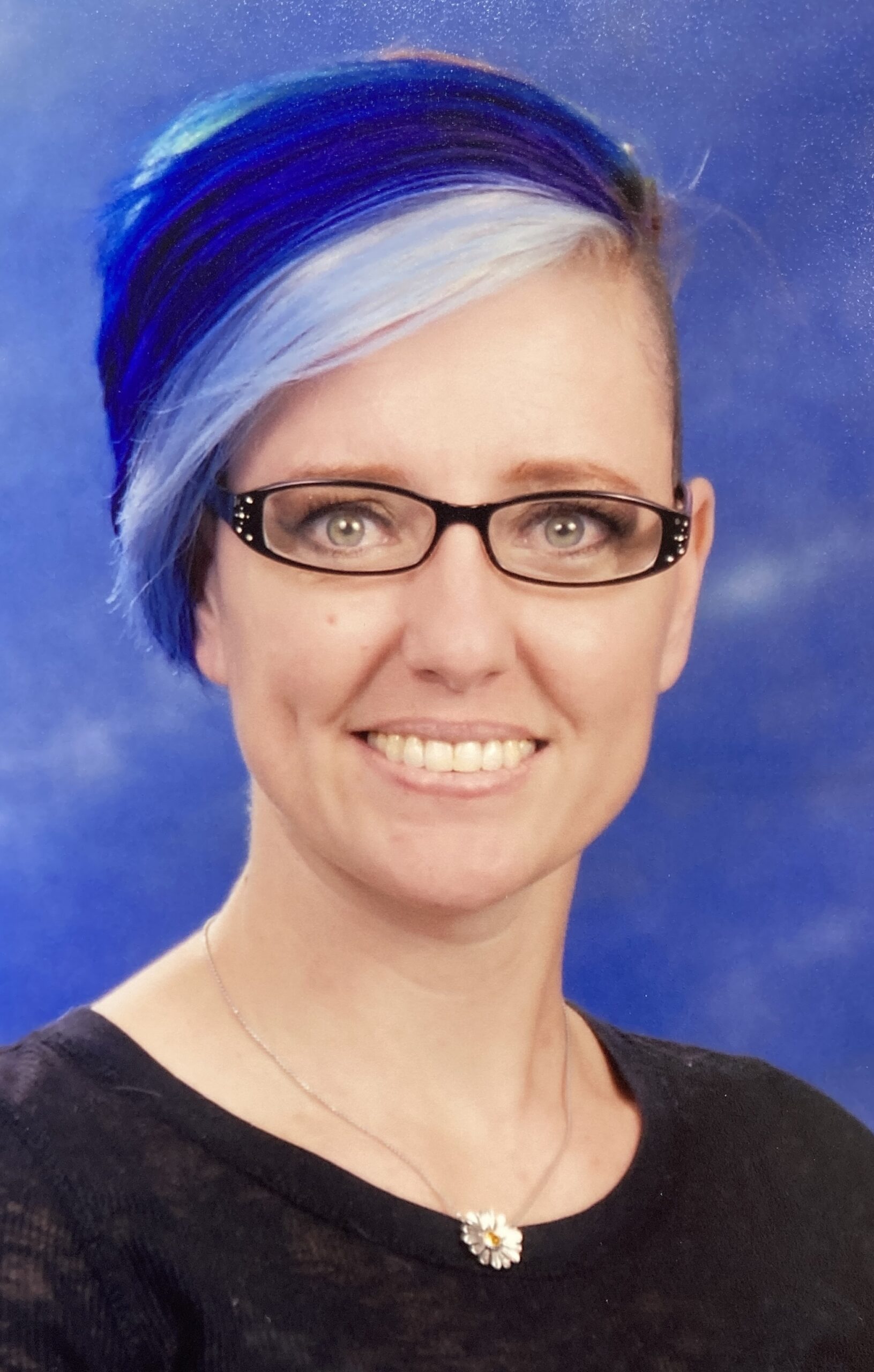
Effie Fox is a Speech-Language Pathologist (SLP), costume designer, and proud mother of five children. Originally from Arkansas, she now resides in the Dallas-Fort Worth area, where she balances her professional and creative pursuits. A lifelong bibliophile, Effie enjoys delving into the deeper connections between literature and life, often finding inspiration for both her work and her personal journey in the books and stories she reads. With a passion for design, she also loves exploring the art and history of costume design, weaving her unique experiences and love of historical costuming into every piece she creates, allowing the textiles to tell their own story.
